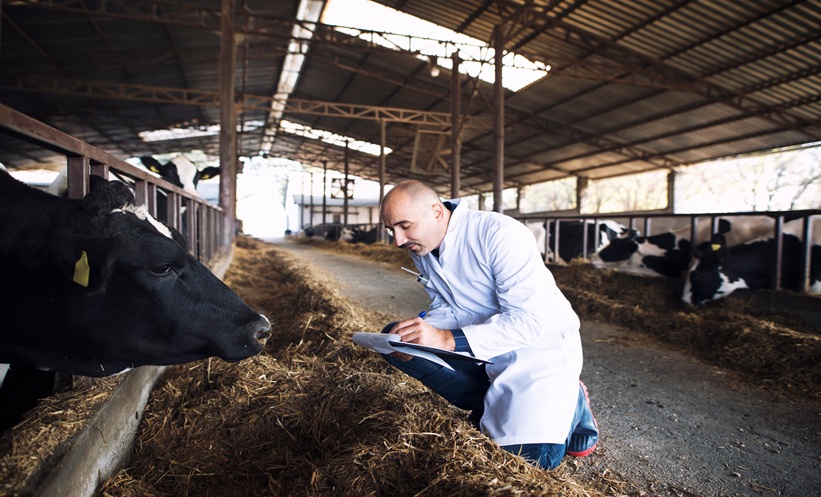THE highly pathogenic avian influenza virus H5N1, commonly known as bird flu, is rapidly evolving in the United States, spreading beyond migratory birds to affect mammals and, most recently, dairy cattle.
A newly published scoping review has synthesized findings from 27 scientific articles, along with USDA and CDC data, to map out the scale and scope of H5N1 outbreaks in the U.S. since January 2022. The review highlights the virus’ increasing host range, including wild birds, seals, bears, domestic cats, and cattle, raising concerns about possible mammal-to-mammal transmission.
While migratory birds remain a primary vector for H5N1 dissemination, the virus’s ability to infect species across ecosystems, and jump to livestock, suggests it is adapting in unpredictable ways. Notably, despite poultry being a known reservoir for avian influenza, the review found a lack of poultry-specific studies in the current U.S. literature.
The detection of H5N1 in cattle marks a concerning development. Although confirmed human infections remain rare, the virus’s global history, including over 800 human cases and a 56% case fatality rate, underscores the ongoing risk of zoonotic spillover.
Researchers emphasized the need for more robust, species-specific surveillance and scientific study within the U.S. to close knowledge gaps and better anticipate future outbreaks. With limited national research to date, the review serves as a timely reminder of the virus’s complexity and the importance of continued cross-sector monitoring.
Reference: Mena A et al. The Impact of Highly Pathogenic Avian Influenza H5N1 in the United States: A Scoping Review of Past Detections and Present Outbreaks. Viruses. 2025;17(3):307.








